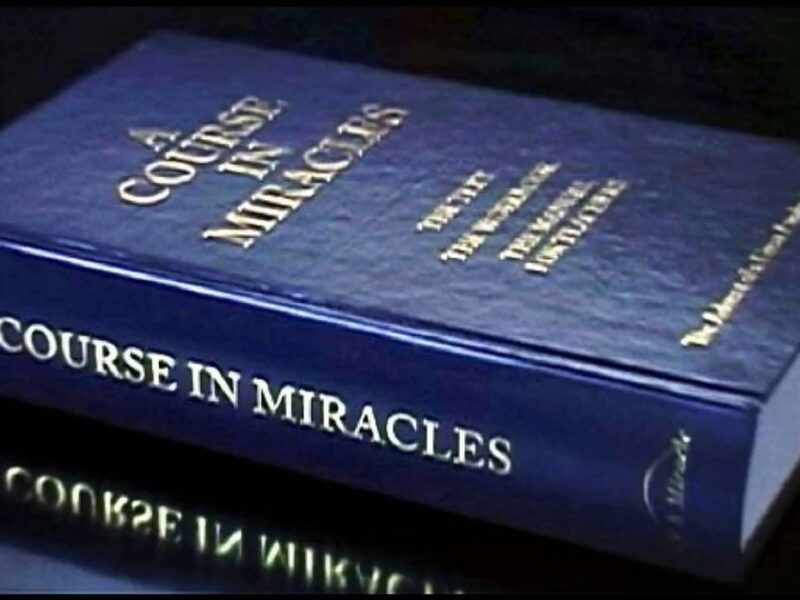It’s no question, more books published equals more buy buttons, fans, repeat readers, and sales! Now, this article is all about how to create non-fiction curso de milagros quickly that have tremendous value for the reader. And although the title of this article says 48 hours, those 48 hours don’t need to be consecutive!
You can spread them out over a week or two. Of course, if you spread them out over too long, it defeats the purpose of writing quickly. So a balance is good.
And even if you’re not a fast typist in the least, there’s solutions for that too.
Let’s get started…
The Kind of Books You Can Write Quickly
As mentioned, non-fiction can often work well for quick publishing because the structure is easier to plan and the content is easier to create. And if you know the subject well already, that greatly helps speed the process along.
However, if it’s a subject you need to research, or in particular if it’s a subject you’re not familiar with at all and that will take you a while to understand, that may not be suitable for a fast writing project. You may need to consider that more of a long-term background project instead.
That said, interviews with experts can be used to get all the information you need to create a non-fiction book on a topic you’re unfamiliar with. With perhaps both of your names on the cover. Such “joint venture” books are common.
Which Topics Work Best for Short Books?
This interview with Steve Scott, a hugely successful independent author offers great advice on a wide number of topics. What’s of particular relevance to you at this point in the process is how to choose topics that greatly increase your chances of being successful with short books.
Article Source: http://EzineArticles.com/9340569
A good rule of thumb for shorter books is between 15,000 to 25,000 words, although 10,000 is an option too if you can’t get to 15,000. However, if the word count strays too low (5,000 words for example) it really ends up as more of a blog post than a book, so may not be the right medium for what you’re publishing.
So like the vast majority of non-fiction books, it’s either a reference, or it helps solve a problem. Or, it may even be a crash course in the subject (which is another kind of reference).
Now, the length of the book does depend on how quickly you can write of course, but as you’ll discover there are other ways to create a book quickly if you’re not a fast typist.
What we’ll focus on in this post is the introduction through to the conclusion.
Now, lots of relatively short chapters help to make the book easy to read, and give it more bulk. And you may want to consider a relatively large font and perhaps quite wide margins to help pad out the book too.
You can download sample chapters from books in your subject area from Amazon to see how other authors are approaching this. Sometimes the word count per page on kindle can be surprisingly low.
And it’s well worth including an image at least at the start of each chapter (after the title), or even quite regularly throughout the text as appropriate. This is especially relevant if you’ll be including screen shots for a tutorial.

